Our chosen hobby essentially consists of two ways to listen to the music our carefully curated systems produce. We listen in two basic ways – firstly, for simple pleasure, and secondly, for sonic examination and evaluation. Everyone does the former; only audiophiles are concerned about the latter.
While we can certainly study and educate ourselves on acoustical principles, irrespective of our level of scientific acumen, we still need to learn how to listen. Getting the room set up for sonic excellence is an obvious first step. In order to accomplish this task, we can utilize a commanding knowledge of Philosophiæ Naturalis Principia Mathematica, the landmark physics book by Issac Newton as our guiding principle. We can employ spectrum analyzers, Fast Fourier Transform, Helmholtz Resonators, and all the science we care to employ to aid us in making our audio rooms perfect. We can make use of acoustical panels, DSP and hyper-precise speaker placement to eradicate all the sonic nasties our rooms willingly create. We can do all this and more.
With all of that said, we still need to know how to listen fantastically. And that, my audiophile friends, is a learned skill we all must perfect on our own. There are, however, some things we can do to aid us on our journey.
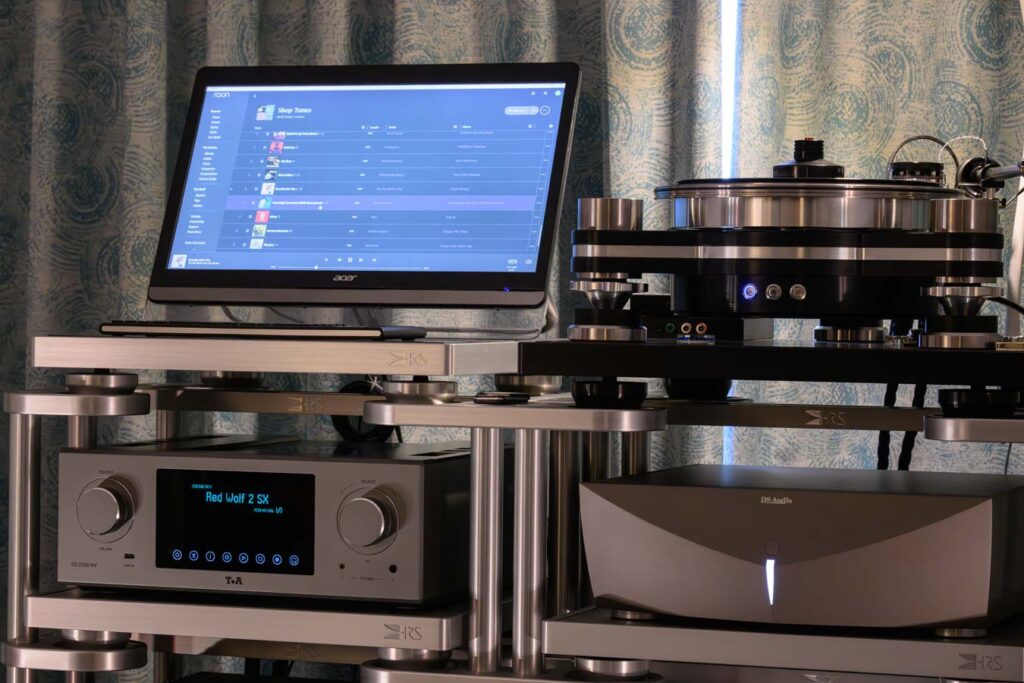
Why Are Audiophile Listening Skills Important?
It should come as no surprise that we all want an immersive level of sonic quality from our audiophile systems (here’s a link to see my system). It is also a statement of fact that our appreciation of the quality of musical reproduction is a mostly biased and personal thing. We form our own opinions about what we prefer above all else. It is for this reason so many varied options exist in the high-performance audio hobby. Manufacturers are trying to satisfy an ever-expanding itch held by a wide variety of customers. It only makes sense, therefore, that learning to identify and appreciate what our various components are providing, within the confines of our listening environments, will serve to improve our listening skills. In short, we need to know how to identify what we are hearing and how to ascertain what is taking place from a musical reproduction standpoint.
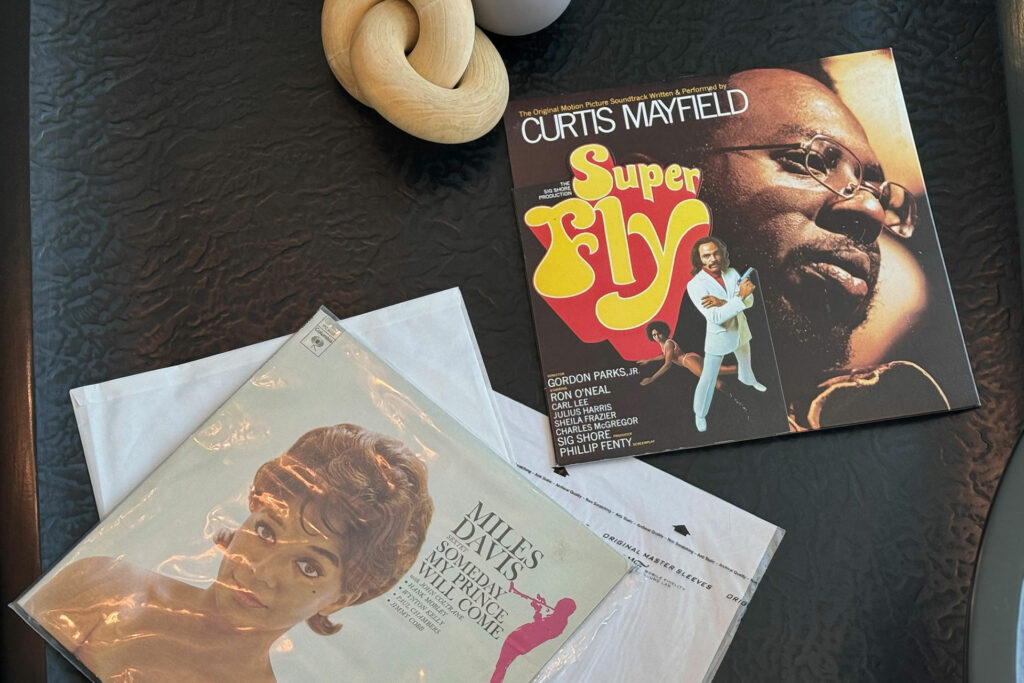
First, Identify What is Important to You, the Listener
We all have preferences in how we enjoy our music presented. We have a series of basic categories of sonic partialities from which we can choose. First is dynamics. We all enjoy the feeling of power and forcefulness that a dynamic system can produce. Dynamics alone are responsible for the “OH WOW” feeling that a really powerful song can imbue on a listener. Sadly, this is not found on most low-end, consumer-grade or handheld audio systems. Dynamic range, or the difference in decibel output, of the softest sound to the loudest is also a part of a dynamic presentation. Systems should be able to provide a tangible and realistic scaling of amplitude, without adjusting the volume knob, as the music moves from a soft passage to a louder one. This is why our audiophile power amps have more power than they will likely ever need – audio enthusiasts call this headroom. And it is vitally important to produce both dynamic range and dynamics in general in a realistic and natural-sounding manner.
Next would be imaging or, more specifically, soundstage and imaging. Soundstage is a recreation of a space where music takes place – maybe a small, intimate setting or a large concert hall. Most of our music is recorded in a studio, so a recreation of an identifiable space may be difficult. Live recordings have a better chance of a more readily identifiable soundstage. Imaging is the specific placement of instruments within the soundstage. When done correctly, imaging will be so specifically focused that it will seem as if you can walk up and shake hands with the musician.This applies to all the instruments and, when the image presentation spans the entire width of the room and is layered from front to back in the area of image development, well, sit back and enjoy the ride, because the system and room are just right.
Clarity and accuracy are also important metrics. It is really quite simple: more distortion yields poor sound. Less distortion yields better sound. Audiophiles pay specific attention to signal to noise ratio (SNR) to be sure the level of distortion is as low as possible. Accuracy is also quite obvious. We want a drum to sound like a drum, a violin to sound like a violin, and so on. For what it’s worth, a piano is generally regarded as one of the more difficult instruments to accurately recreate in recordings. Keys may be struck softly or forcefully, and still the same frequency is produced. Striking multiple keys creates chords, which makes things sonically much more complicated. So, if you hear a piano solo and it sounds very lifelike, like the musician is playing right in front of you, congratulations, you are on the right track.
While all of these attributes are important, each of us individually must decide which one is most important. Once this decision has been made, we then need to work to make our decision serve our listening enjoyment as best as possible. It is also important to not discard the rest. Basically, we need to make sure all of the above characteristics are working to perfection.
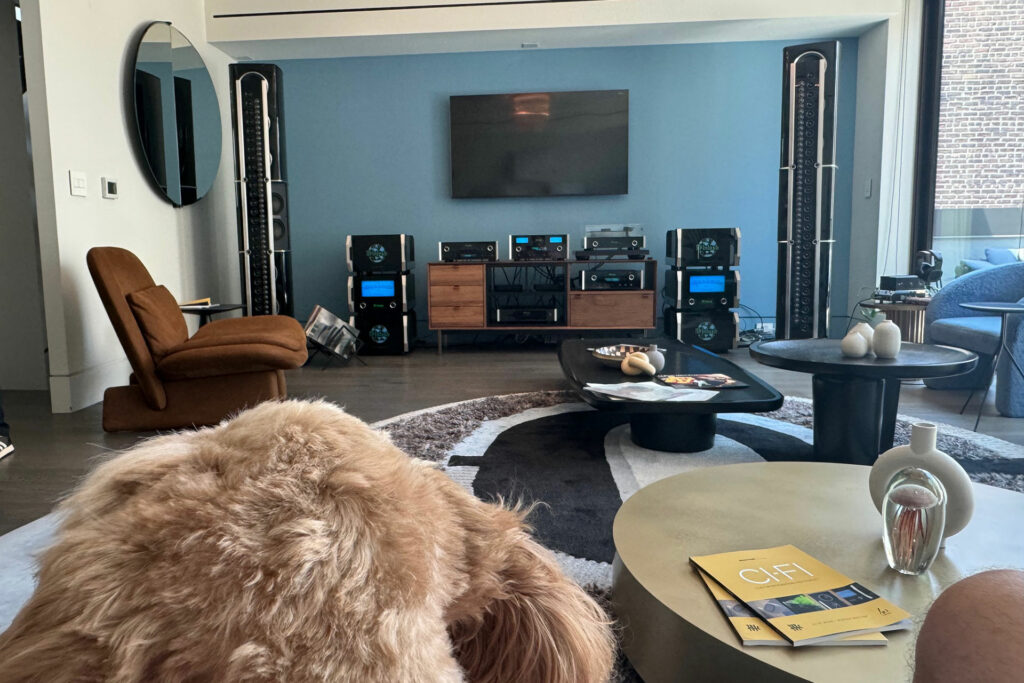
Why is It Important to Compare Studio Recordings to Live Recordings?
In loudspeaker design, one utopian design goal is the Pulsating Sphere. If it actually existed, or could be built, it would be the most perfect speaker ever created. All speaker/room interactions are optimized when 100 percent of the signal, from the lowest bass to the highest treble, are radiated in all directions at the same time and at an equivalent amplitude. Sadly, the Pulsating Sphere does not exist, and our current level of technology cannot provide such a design. However, live music does behave in this manner. When you hear live music, you get a real sense of how instruments are supposed to sound, how tight the bass will likely be, and how accurately and dynamically the music is delivered. In general, live music provides a sonic goal of how we wish our audio systems could sound. In order to improve listening skills, attend a live concert every so often, if for no other reason than to have a frame of reference. Doing so allows a more insightful path towards how your system should acoustically perform.
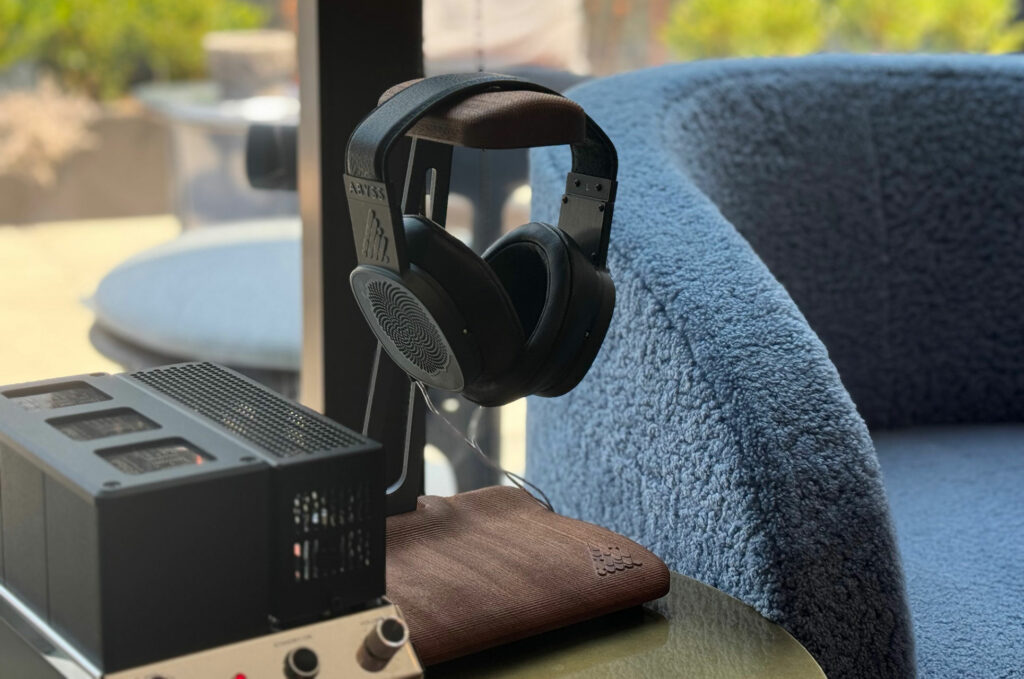
What Are Some Specific Tips to Develop Audiophile Listening Skills?
- How well does the music playback system recreate a balance between the various frequency levels? Are the bass, midrange and treble all presented at the same, or close to the same, amplitude? If so, this is called dynamic linearity, which is a valued sonic achievement when reached. Unfortunately, for many loudspeaker systems, particularly dynamic designs, high frequencies, or treble sounds, are subject to some level of dynamic compression. When this occurs, the tweeter is no longer capable of playing any more loudly, because it simply cannot move as much air as the midrange or woofer. On many systems, the higher the amplitude, the higher dynamic compression is increased. It is therefore a recommended exercise to listen for the attack and decay of a cymbal crash, or how razor-sharp the high note of an alto sax or trumpet may sound. If the cymbal is not nearly as dynamic as the mids and lows, it may be because of compression, which is a difficult problem to solve. This also applies to all higher-frequency sounds.
- Midrange is where most instruments and vocals present themselves. While this is wildly variable, most midrange frequencies live in the 250Hz to about the 4000Hz range. This includes most male vocals, a good portion of female vocals, and a lot of stringed instruments and percussion. Even some woodwind instruments live in the mids. So, how well can you hear all the instruments in the midrange frequencies? Can you separately discern one from the other, for instance, the lead guitar from the rhythm guitar? Can you tell if the guitar is electric or acoustic? Can you hear the guitarist’s fingers purposely sliding up and down the fret board? Are multiple varieties of instruments easily heard on their own? Can you individually identify every instrument playing music?
- Bass is generally considered anything below about 250Hz. Once again, this varies. Can the bass guitar be separately identified from, say, a kick drum and the low octaves of a piano or organ? Can each individual note the bass player is laying down be easily heard, or is the sound a mishmash of low-frequency boom? Can you tell if the bass guitar is a stand-up acoustic variety or electric? Does the bass sound boomy, or is it very taut, very precise, and does it go “pop, pop, pop”? Are there any resonances that may be detected as the bass notes are played? And, something I find highly disturbing, is the bass so overwhelming that it becomes hardly possible to hear any of the midrange, and the treble sounds like a whimper? Bass sounds should be forceful, but not so much that they overtake the rest of the musical presentation. Again, let live music be a reference.
- In most recordings, the vocal tracks are very important to the overall musical presentation.Most often, the vocals are performed by the headlined artist, so it makes sense their vocals will be front and center, as it were. How, then, are the vocals presented on the system? Are they clear and concise? Can every word be readily understood? Does the singer have a commanding presence, or a visceral sense of dynamics, especially when they hit a high note? Can you hear the singer’s vibrato? If there are more than one singer, can both be easily identified? Are the backup singers, if there are any, presented in a different space on the soundstage? When playing a live recording, do the singers seem as if they are moving around on the stage, or is the entire vocal track emanating from one fixed, unmoving place? Depending on the recording, when you get the feeling the singers are moving around on stage, that usually signals the speaker setup, along with the system, is spot-on.
- In general, can a difference be ascertained between a more relaxed recording, such as one in a more intimate setting, and a huge presentation in a large concert hall or a stadium?
- How much musical detail can be heard? I’m speaking of transients – sounds made by lesser instruments, which seem to occur very quickly and are gone in the blink of an eye. These instruments make any number of percussion sounds. They include chimes, bells, a triangle, castanets, congas, tambourines, and the list goes on and on. Most often, these sounds are heard and gone. How are they presented? Do they have sufficient amplitude so that they may be easily identified? When the system presents transients in such a fashion, their presence is immediately discerned and they give the feeling they are part of the musical presentation, and not something that shouldn’t be there, then the system/room is performing as the recording intends.
- Does the recording give the impression of a natural sound, or does it sound mechanical and like a recording? A totally neutral and revealing system will not impart any sonic flavor of its own. It portrays the recording exactly and precisely. Some systems, on the other hand, impart their own sonic flavor and, as such, make almost all recordings sound the same. This largely boils down to a matter of personal preference. For my own purposes, I want to hear the recording exactly the same way as did the recording engineer. There are magnificent recordings, and ones not so great. I want to hear the difference, not some canned, homogenized version that some equipment engineer wants me to hear.
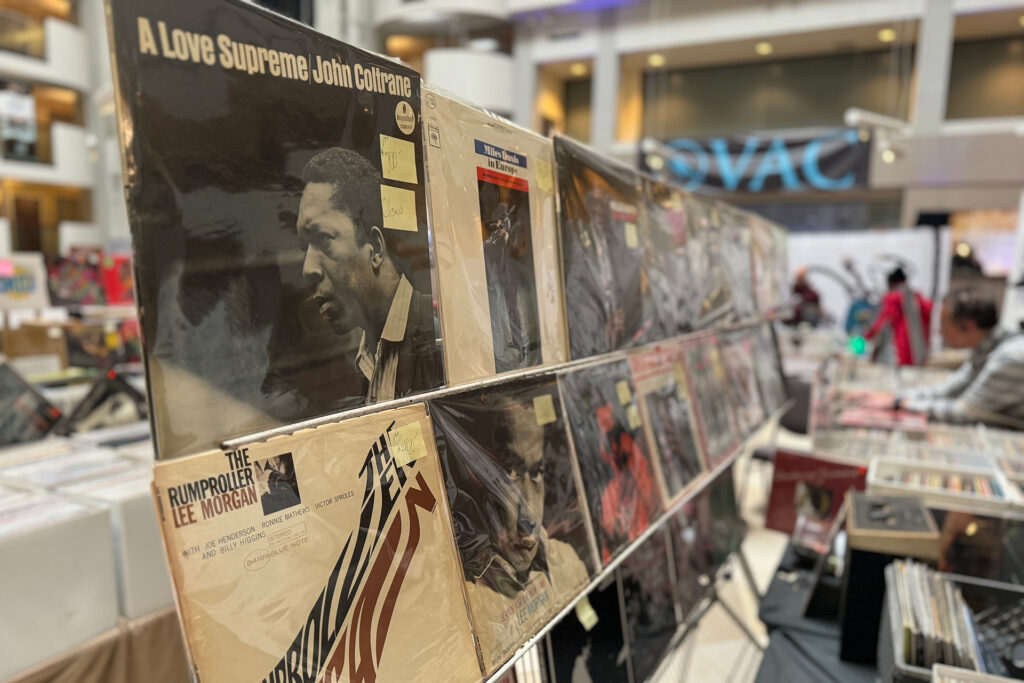
Final Thoughts on Audiophile Listening Tips
There are books written on this subject and a vast amount of information may be found online, which may be used to aid in making you a better listener. Please remember that this is a learned skill. I have a list of about 10 songs I always use when I evaluate any system sonics. I use them for every review, because I know exactly how they sound in my reference system. When I hear something different from normal, I ask myself what exactly is different and why I am hearing a different presentation. Developing highly refined listening skills takes time and practice, and is not anything close to a perfect art/science. Being a better listener is something intended to enhance your listening enjoyment. Best of all, these improvements can, and should, provide a more musically enriching listening experience. And isn’t that what we are all trying to accomplish in this hobby?




Very well written and it took me a long time to get even close to what you have accomplished.Congrats on your system and your beautiful listening room.One question about the picture looking back at your mlp,what are those 2 vertical poles?:~)
James, those are actually a set of line array speakers. Called “The Note,” they consist of 56 – 1″ tweeters per tower. Freq. range 85 to 27,000 Hz. Subs are therefore required for low bass. These speakers were designed by Mark Porzilli of Melos Audio, Pipedreams, Scaena and The Memory Player fame. These speakers have since been replaced by Porzilli’s latest creation, the Grand Note. These speakers have 108 – 1″ tweeters and 40 – 3″ midranges per tower. All totaled, 296 drivers. We plan to publish a review on the Grand Notes in the future.
Thanks so very much for your kind words and I’m glad you enjoyed the piece.
Paul
It would take me chopping my body up and selling the parts to science in order to pay for Paul’s Interconnect budget.
We all need goals.
Plus I’d rather have a Bentley SUV.. and Paul KNOWS IT!!! 🙂
Yeah, that Bentley SUV is really something! Love one myself!
I am chasing a 2-year Mercedes EQS lease return to replace my wife’s fire-totaled car.
$70,000 off retail. 2 years of warranty from the factory. 8,700 miles. 3.95 to 4.50% interest in the loan.
Seems like a SICK DEAL. Waiting for the insurance money to come in today or tomorrow
I’m no longer sure if I’m an official audiophile or not lol! My pursuit has always been the “Sound” that I would hear if I was actually in the room, studio or wherever the music was created. In order to do that I had to purchase better and better equipment. I had all the analyzers and eq’s and expanders and limiters, Grado, Thorens, Dragons and RX505’s. Now we are to the point where we can have beautiful sound with as little as possible between us and the musicians. I just found this site. Really am enjoying it.
You are in the club.
We aren’t snobs like the other establishment audiophiles.
I have a degree in music. We love people involved in the hobby who know what an instrument should/does sound like
William,
Given the level of quality found in today’s lower priced gear, it is easily possible to have a very nice sounding audio system for a minimal budget. I have heard several really nice sounding audio systems for only few grand, even as low as $1500.00. All in as well, integrated amp, streaming device and speakers. We are glad you have found and are enjoying the site.
Thanks for reading my article!
Paul
This is a well written article. We need to remember the meaning of “hi fidelity” in the context of being an audiophile: it’s the accurate recreation of an acoustic event.
A real-time recording of a live musical performance is a good example. Audiophiles should attend such performances to establish a point of reference to help them determine if their audio system is meeting the definition of “high fidelity”. Listen to a large symphony orchestra, make mental notes, and try to remember how it actually sounds. (It may be different from what you’ve assumed!)
A studio-produced recording is often not suitable to determine if an audio system is accurately recreating a live performance, because many studio recordings are processed. Such recording CAN be used to compare “component A” to “component B”, but they’re often not usable to compare either component to an original acoustic event…because there isn’t one. Many studio recordings incorporate considerable amounts of processing, e.g., compression, limiting, clipping, EQ, vocal effects, reverb, and scores of others. It’s the audio equivalent of CGI in movies: unless you were standing next to the recording engineer, hearing the production on his monitor system, you really don’t know what it’s supposed to sound like. No reference point = no meaningful conclusion.
Even if classical music isn’t your “cup of tea”….go to a concert anyway and calibrate your ears. You’ll probably be surprised at what you hear…and you might actually like the music~!
Nice write-up. Thanksgiving
OK, not sure what happened, that was only supposed to say thanks
Nice tour de force, Paul. Add me to the list of ‘philes who realize that frequent attendance to live acoustical events is important to stay calibrated. I’ve a Steinway parked between my Parsifals, so indeed know when one is well recorded. Routinely hearing a great violinist in the nearfield is also an almost frightening event, given the high SPLs of all those overtones. Fatigue and revelatory elation go hand-in-hand. Distinguishing between complete honest transparency and compromised upper octaves in replay is an important, mature, part of the game. Thanks again.